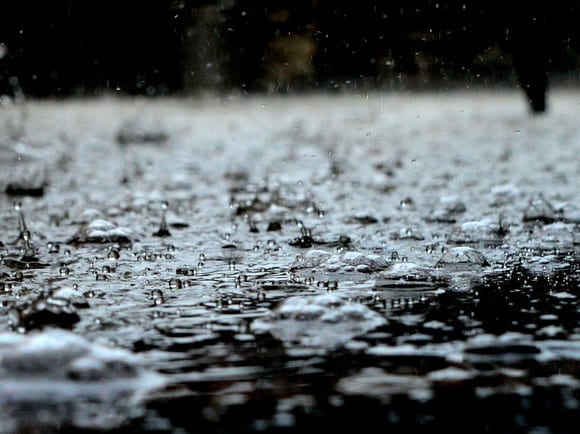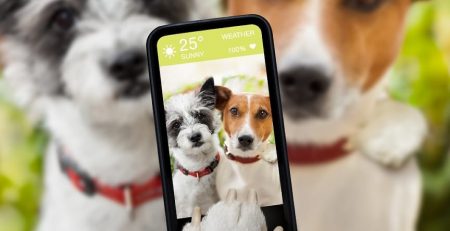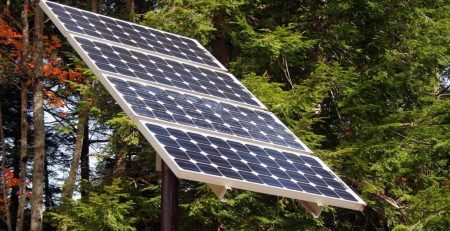5G Wireless and the Weather
The wireless systems that deliver data to mobile phones (and so many other devices, including industrial robots, security cameras, drones and more) are getting an upgrade; one that, according to The New York Times, will offer mobile internet speeds that allow “people to download entire movies within seconds and most likely bring big changes to video games, sports and shopping.”
And while this may sound like a reason to celebrate, not everyone is so psyched about this development, particularly meteorologists.
The concern was first raised in an internal memo by a U.S. Navy officer, which stated that the natural frequency of water vapor, which is crucial to meteorologists, “may be degraded or lost due to growing interference from the broader adoption of 5G.”
According to National Oceanic and Atmospheric Administration (NOAA) acting chief Neil Jacobs, this interference could reduce the accuracy of forecasts by 30 percent. “If you look back in time to see when our forecast scale was roughly 30 percent less than today, it was 1980,” Jacobs told the House Subcommittee on the Environment last week, according to Wired. This ultimately translates to coastal residents two or three fewer days to prepare for a hurricane.
But how can 5G make effect weather predictions? According to Jordan Gerth, research meteorologist at the University of Wisconsin, Madison, water vapor emits a faint signal in the atmosphere at a frequency of 23.8 gigahertz (GHz). In March, the FCC began auctioning off its 24GHz band to wireless carriers. Satellites are used to monitor this frequency to collect data that is then used to develop prediction models for upcoming storms.
“We can’t move away from 23.8 or we would,” Gerth told Wired. “As far as 5G is concerned, the administration has a priority to put 5G on the spectrum, and they thought this was an OK place to do it. It’s just close to where we are sensing the weather.”
While Senators Ron Wyden and Maria Cantwell have written to FCC chair Ajit Pai requesting the commission stop companies from using the frequency until a solution is found, Gerth doesn’t believe this issue will be going away anytime soon. The FCC is still currently planning to auction off radio frequency bands close to those used to detect rain and snow (36-37 GHz), atmospheric temperature (50.2-50.4 GHz), and clouds and ice (80-90 GHz). “This is not one and done,” he said. “Today’s it’s 23.8, tomorrow it’s 36.”














